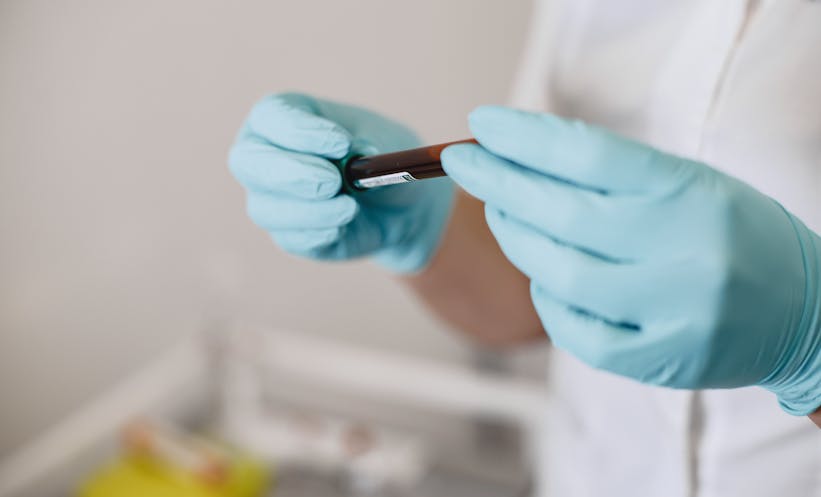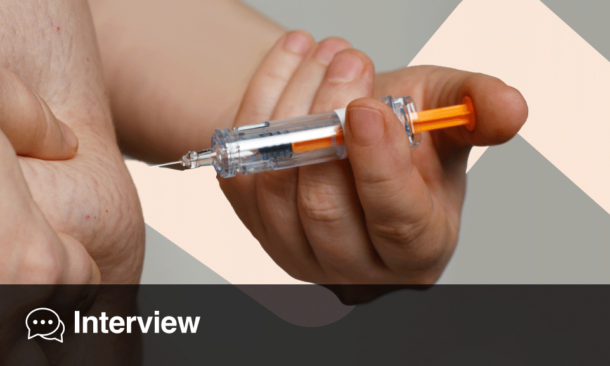CHRONIC ulcers can be treated with light therapy using a lamp developed by scientists from the University of Manchester and Salford Royal NHS Foundation Trust, Manchester, UK, according to the results of a new study. The team believe the technology, which can be used at home, will provide a cheap and practical alternative treatment for various forms of ulcers.
Currently, patients receiving light therapy for ulcers using a laser are treated over a course of 5 days and are also required to take medication which lowers their blood pressure.
Light Therapy
The scientists developed a new device that contains 32 different bulbs, allowing a combination of infrared, red, or ultraviolet light to be emitted. It is believed that these forms of light each provide different therapeutic value: infrared light is thought increase blood flow and oxygen; red light is believed to promote wound healing by boosting blood circulation, supplying oxygen and nutrients at an increased rate in addition to stimulating the production of collagen in the skin, a protein which provides the foundation for new tissue to grow; and, finally, ultraviolet light is associated with destroying bacteria and reducing the inflammation that prevents healing.
“Game-Changer”
In the trial, a cohort of patients with finger ulcers caused by systemic sclerosis were treated using the lamp twice a week for 3 weeks in 15-minute sessions. Following this treatment, an 83% improvement in the ulcers was observed, and there were no side effects.
The team believe the technology could have major benefits for patients and the health system alike. “We believe this technology is a game-changer; the implications are huge,” commented Dr Michael Hughes, University of Manchester, who led the trial. “Ulcers cause much distress to patients and current treatments are costly to the NHS and problematic to patients who can only receive them in hospital. But this technology is cheap and practical; it’s really a no-brainer as it can be administered at home.”
Future Possibilities
The scientists added that the device could also potentially be adapted in the future using SIM card technology to remotely monitor the patients’ progress.
They now plan to refine the technology and hope to begin trials on diabetic ulcers within the next 12 months.
James Coker, Reporter








